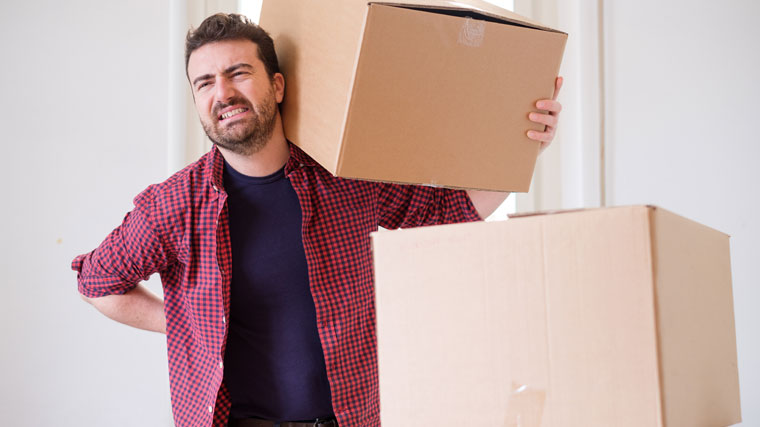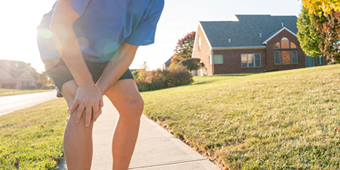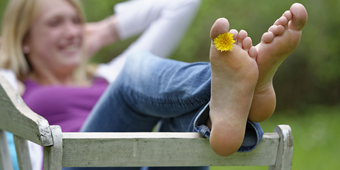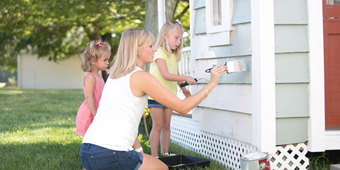- Back and Spine
- Bone and Joint Health
- Health Topics
- Joint Conditions/Injuries/Treatment
- Joint Pain/Pain Management
Lower Back Pain Common, Easy To Confuse With Hip Pain

Answer a few questions and we'll provide you with a list of primary care providers that best fit your needs.
Most adults – about 80 percent – have lower back pain at some point in their lifetimes. In a three-month timeframe, about a quarter of U.S. adults have at least one day with back pain, making it one of the most common medical problems, according to the National Institutes of Health (NIH).
Sometimes, however, it can be hard to determine the difference between lower back pain and hip pain because both hip and lower back pain are felt in the same area of your body.
Most lower back pain is sharp and comes on suddenly, and it is also usually short-term. Chronic back pain is less common but can cause major issues with work and daily activities, lasting at least 12 weeks.
Lower back pain specifically refers to pain you feel in your lower back. Often it causes lower back stiffness, difficulty moving around regularly, and difficulty standing up straight.
Hip pain is pain you feel in or around your hip, which can include the area of your groin, and can cause you to feel pain in your thigh or even your knee.
Talk to your doctor if you are experiencing pain or discomfort to determine a treatment plan.
Following are recommendations to help prevent lower back and hip pain:
Lower back pain prevention
- Avoid twisting when lifting, carrying, or bending down
- Bend at your knees to lift instead of your waist
- Carry things close to your body
- Limit the time you stand
- Exercise regularly to keep your abdomen and core strong
- Find ways to relax
- Get help carrying items that are too heavy
- Lose weight
- Quit smoking
- Sit in a straight back chair
- Stand as close as you can to any item you lift
- Use your leg muscles to lift
- Wear cushioned-sole walking shoes, not high heels
- Tighten your stomach muscles when lifting or putting down items
- Spread your feet apart to create a wide base when lifting
Hip pain prevention
- Avoid running on cement or pavement; choose smooth, soft surfaces, such as a track
- Cool down after exercising
- Cut back how much you exercise
- Get help carrying items that are too heavy
- Make sure to stretch your hamstrings and quadriceps during warm-ups and cooldowns
- Stand as close as you can to any item you lift
- Trade biking for swimming, which is less stressful on your hips
- Warm up before exercising
- Wear running shoes with good cushioning, and that fit well and are made well
- Wear orthotics (arch supports) for flat feet
- Spread your feet apart to create a wide base when lifting
Answer a few questions and we'll provide you with a list of primary care providers that best fit your needs.
Source: National Institutes of Health




